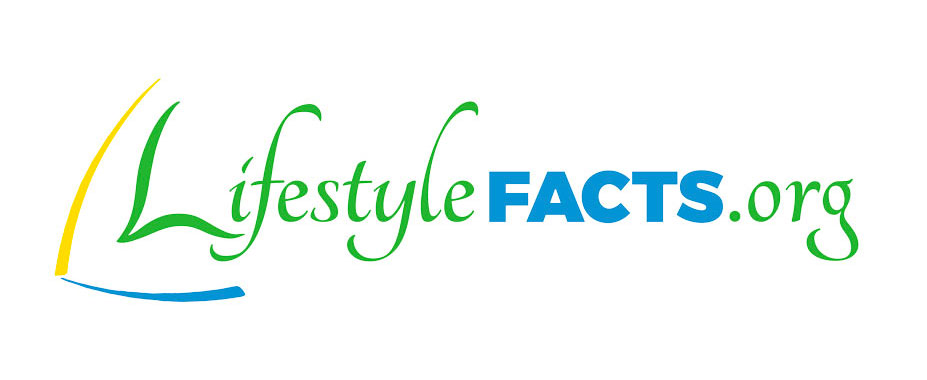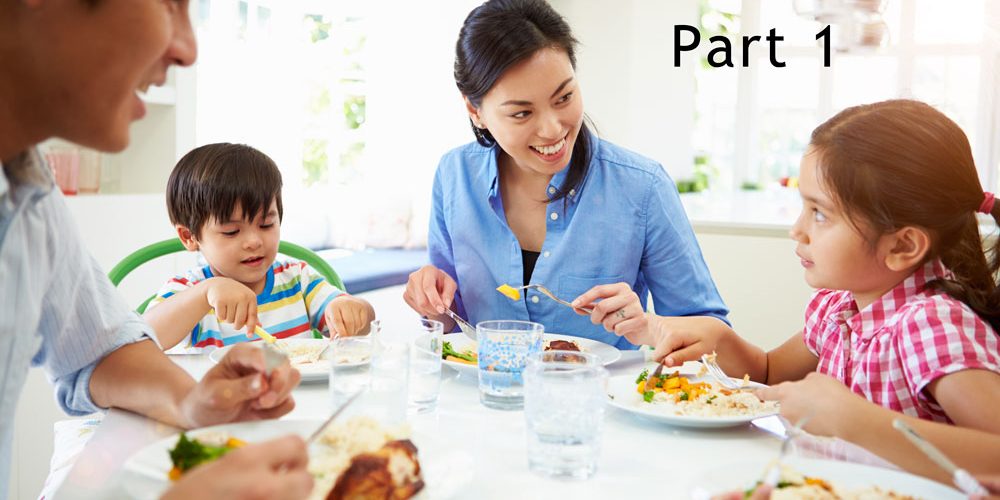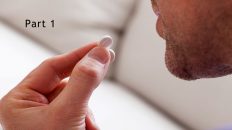By Jerry Morris, PsyD, MsPharm, MBA
MB (Marc Braman, MD, MPH):
Our topic this session is ADD and dinner. Thank you, Dr. Morris, for joining us again.
JM (Jerry Morris, PsyD, MSPharm, MBA):
Glad to be here, Marc.
MB:
So, as you and I were talking about a little bit before this session, and we alluded to in previous sessions, the dinner table is actually a great context to really understand Attention Deficit Disorder and what’s going on with that and potentially even for treatment. So could you kind of explain to us a little bit about what is happening at the dinner table that is so important and pertinent?
JM:
Sure. This goes back to awareness from Anna Freud’s, Sigmund Freud’s daughter’s doctoral dissertation about socialization at the dinner table, so I have to give her a little credit here. But the dinner table is a great place where we develop certain kinds of traits and abilities in children. In some families, it’s kind of a lost art because of our busy schedule and the change of the family structure and environment and lifestyle and commitments and actually, all of the hundreds of options that families have. But at the dinner table, when you think about it, this is a place where we have a great ability to teach teamwork, collaboration and cooperation, empathy skills or refining your choice of behavior and level of energy and activation, based on its effect on other people. We can teach people to respect each other. We can teach people patience. Another great work that has informed this kind of area of thought is BF Skinner’s Walden Two, where he showed a whole section on socialization at the dinner table using behavioral interventions. So, the dinner table is a brilliant opportunity every day in some families to do the kind of things that grows the brain in the areas that have to do with decision making, self-regulation, attention, focus, cooperation and collaboration.
MB:
So, exactly what does that look like at the dinner table? What is happening? What would I see?
JM:
Sure. For instance, in a healthy family, one of the things we want the child to learn to do is to sit on their seat, which takes some self-regulation of both impulse, emotions and attention. We want them to use their fork appropriately and God only knows how many parents have struggled with thousands of repetitions to teach a kid those manual and cognitive and emotional skills. And we want them to pass the peas when it’s their turn and not just leave them, so that the system continues to function at a systemic level. We want them to not knock over the milk, so that we can have the fluids in their containers. And we generally want them to have a management of either the negative or positive attitudes that they bring to the table and you and your parents talking about, “Shape up your attitude,” all the time at the dinner table.
MB:
So just very simple things like passing the peas is actually teaching people or maturing people into adults and beyond these attentional deficit sorts of things?
JM:
You’re exactly correct. For instance, think of the complex function of passing the peas when they come your way or taking your share of the peas out, no more no less, and then passing it on to the next person, instead of interrupting the flow of the family’s system. That takes not only attention, focus, that takes motor control and motor facility. That takes the ability to care about others and empathize with them, and that requires you to sit on your seat correctly, position yourself well, maintain that position so you have leverage for the bowl. And if you remember, when you were a child, sometimes that required great leverage because those bowls were a lot larger than your hands. We take that for granted now as an adult when one-handedly, we can pass a bowl of peas. So these are complex psychological, cognitive and self-regulation skills that when a child experience those hundreds of times with lots of guidance, and I’ll talk later about how the guidance has to be the correct kind of parental intervention and guidance, but when they do this hundreds of times, they literally grow neurons in those regulatory areas of the brain that are essential for attention, for behavior control, for emotional regulation, for cooperation and empathy with others.
MB:
So in other words, these simple things that happen at the dinner table are growing brain areas that grow us beyond and out of immature attention deficits sorts of functional levels?
Routine and ritual elements in family mealtimes: Contexts for child well-being and family identity. Fiese, B. H., Foley, K.,& Spagnola, M. (2006). New directions for child and adolescent development, 111, 67-89. doi: 10.1002/cd.156.
Adolescent and parent views of family meals. Fulkerson, J. A., Neumark-Sztainer, D., & Story, M. (2006). Journal of the American Dietetic Association 106(4), 526–532.
Family dinner meal frequency and adolescent development: Relationships with developmental assets and high-risk behaviors. Fulkerson, J. A., Story, M., Mellin, A., Leffert, N., Neumark-Sztainer, D., & French, S. A. (2006). Journal of Adolescent Health 39(3) 337–345.
requency of family meals and 6-11-year-old children’s social behaviors. Lora KR, Sisson SB, DeGrace BW, Morris AS (2014). F. J Fam Psychol. 2014 Aug;28(4):577-82. doi: 10.1037/fam0000014. Epub 2014 Jul 7.
Attention Deficit Hyperactivity Disorder: Effectiveness of Treatment in At-Risk Preschoolers; Long-Term Effectiveness in All Ages: and Variability in Prevalence, Diagnosis, and Treatment (2011). Agency for Healthcare Research and Quality U.S. Department of Health and Human Services 540 Gaither Road Rockville, MD 20850 www.ahrq.gov Contract No. MME2202 290-02-0020. AHRQ Publication No. 12-EHC003-EF.





